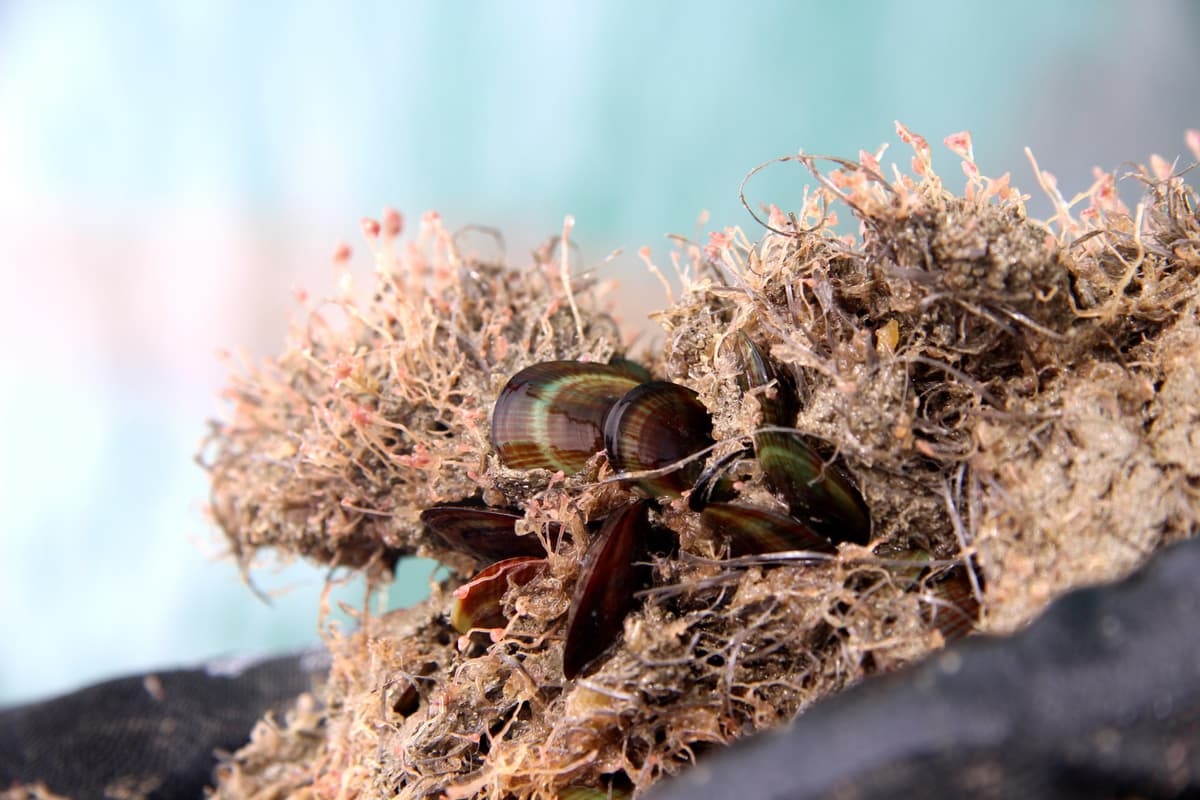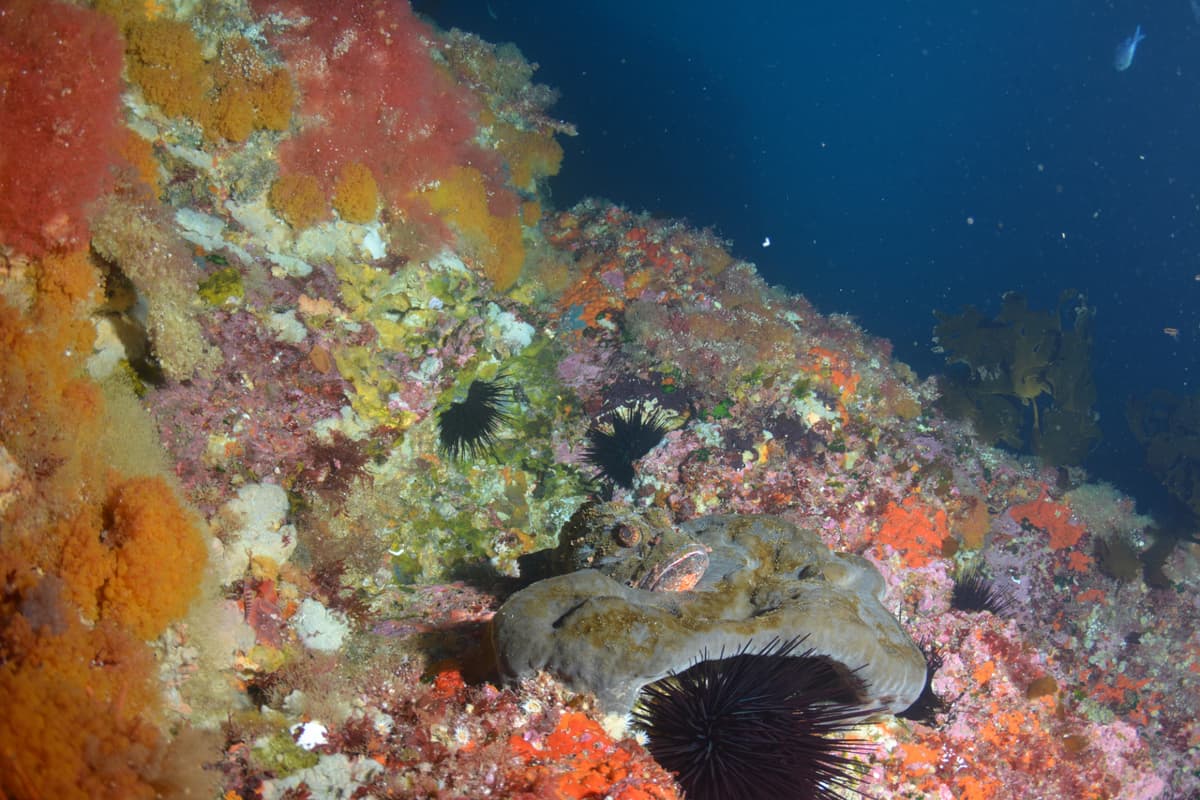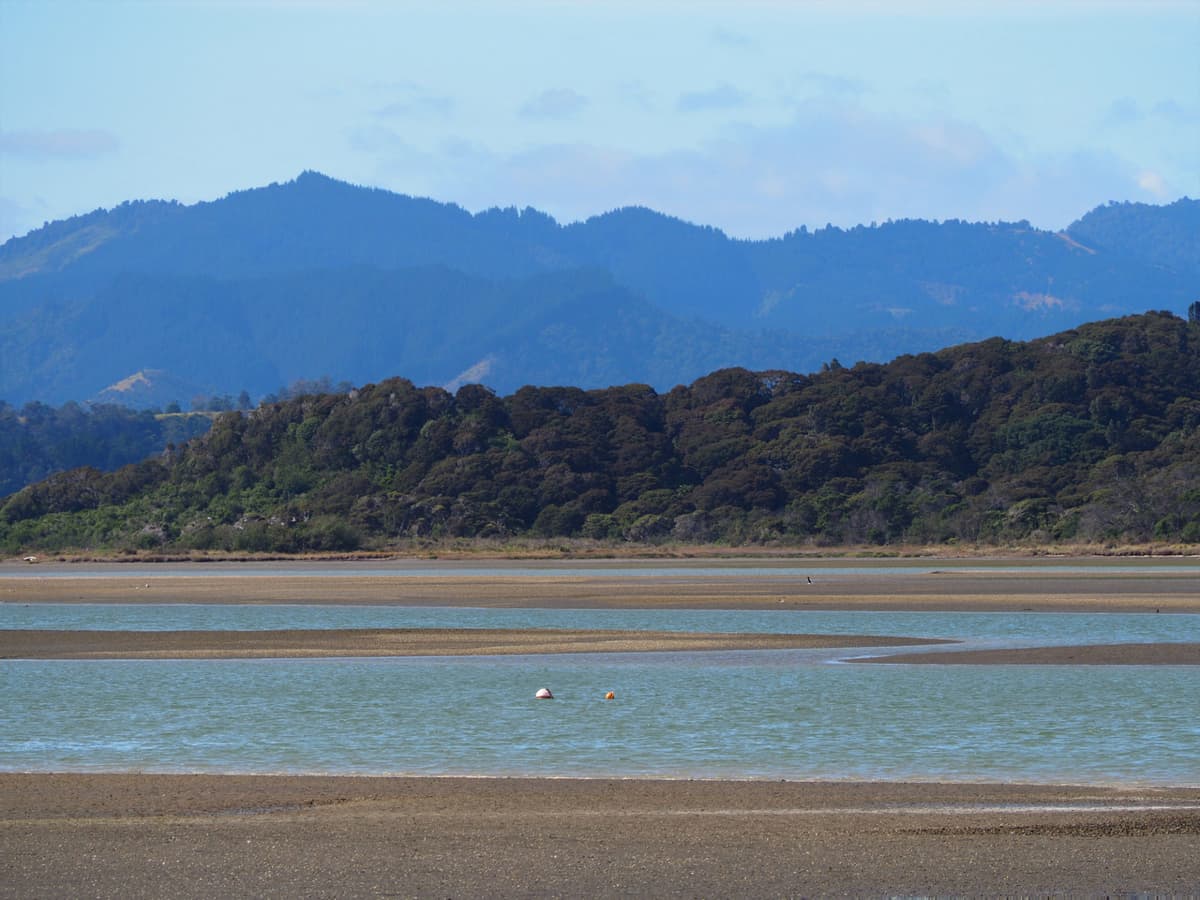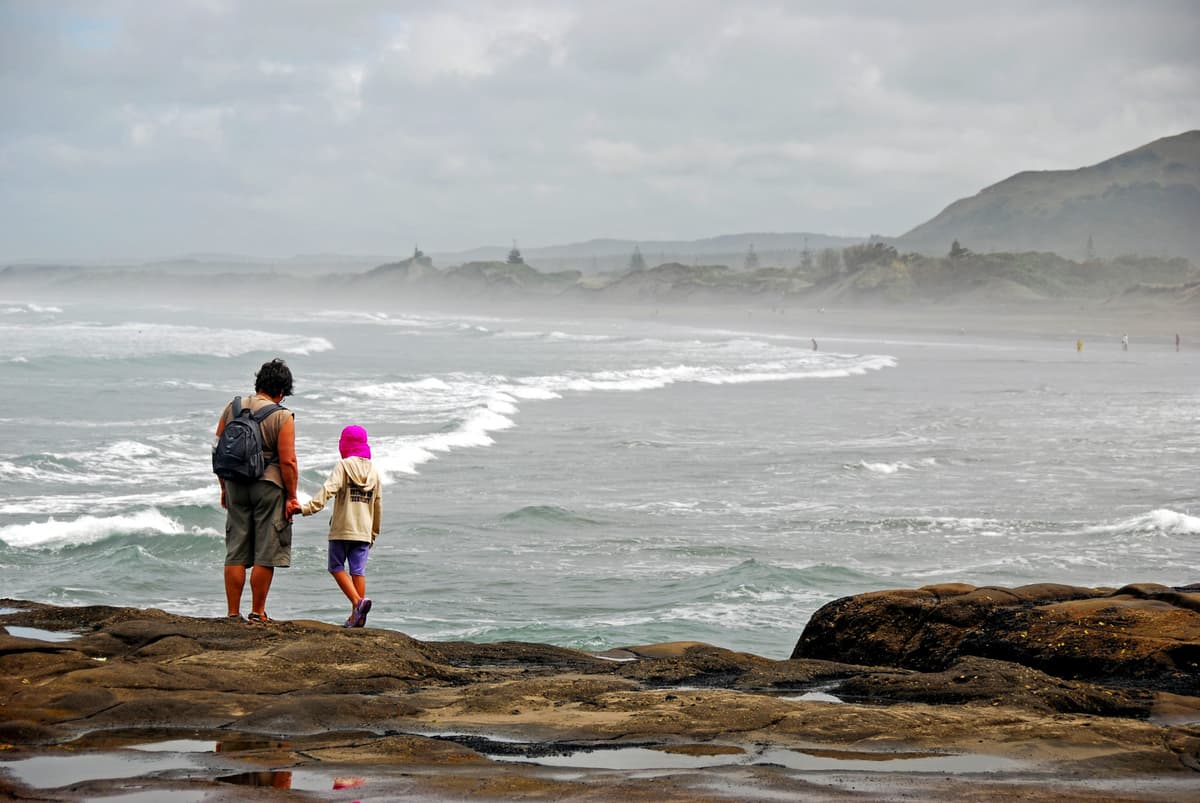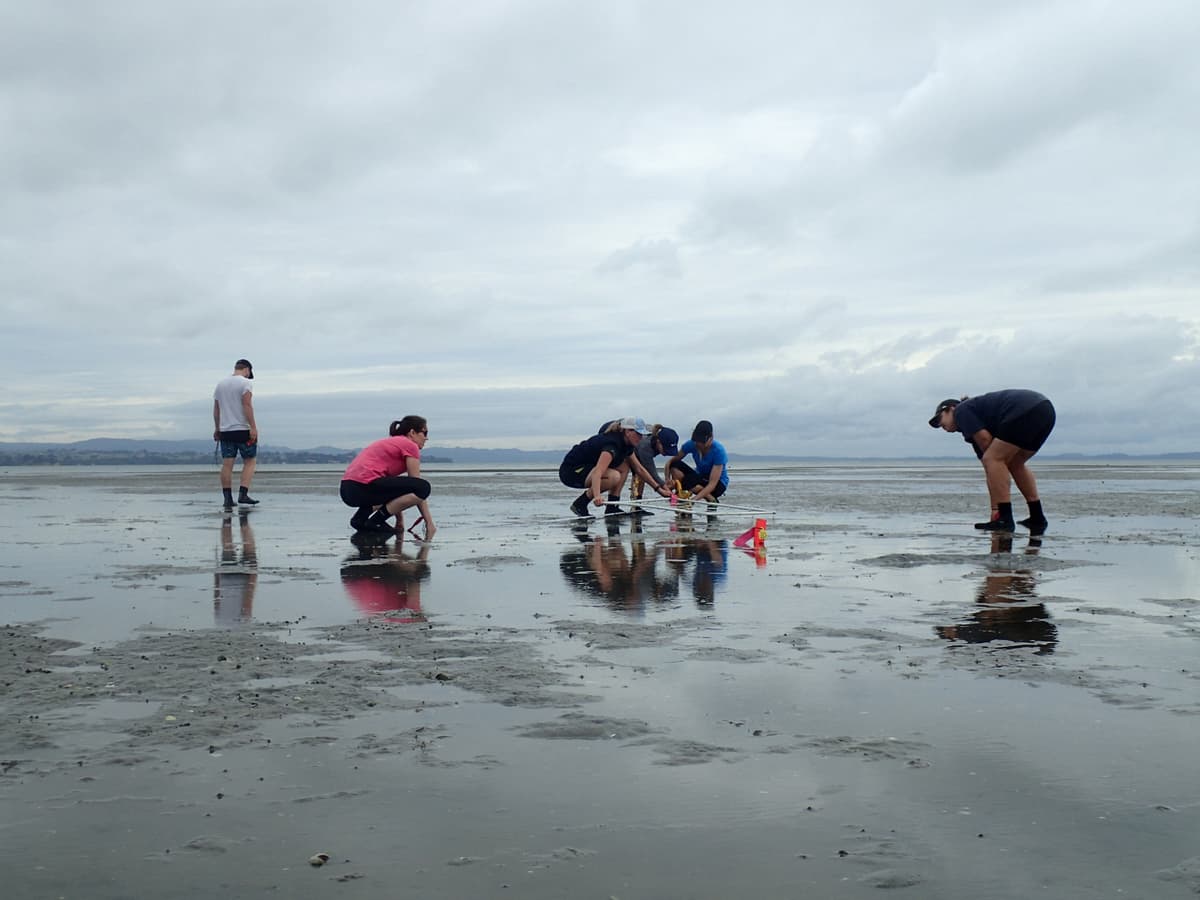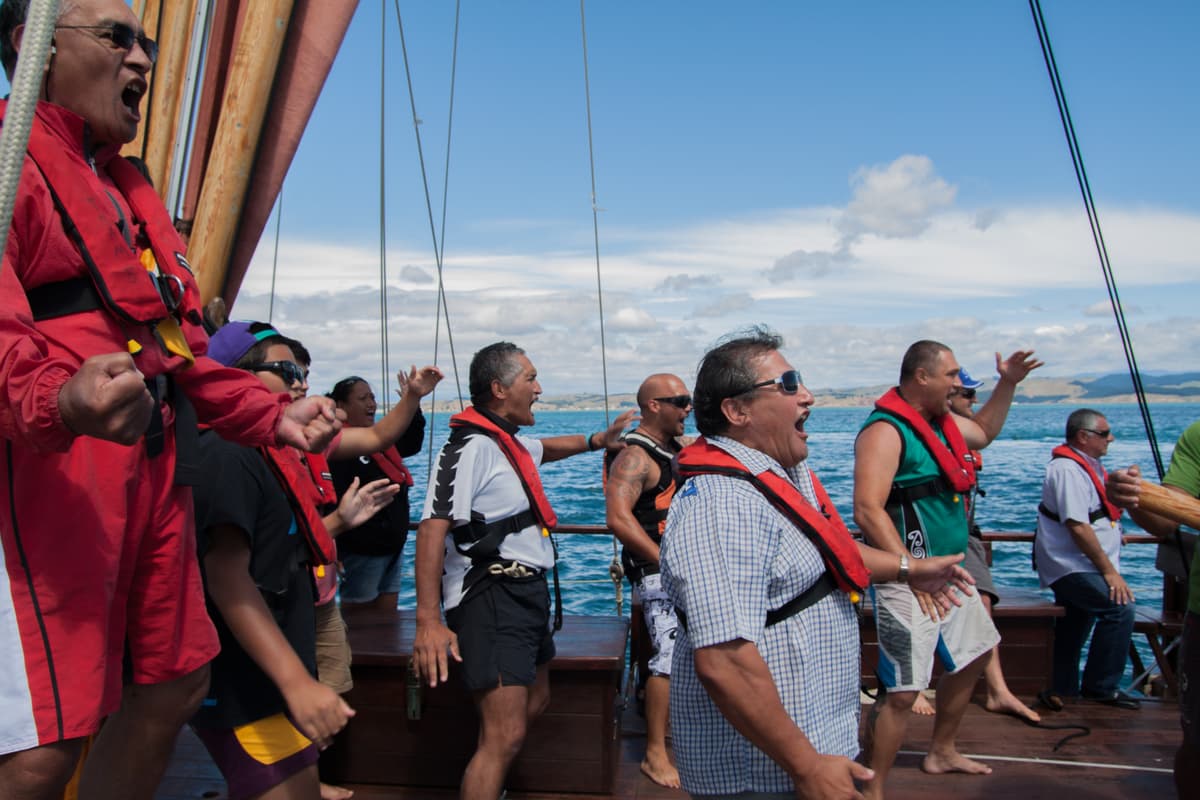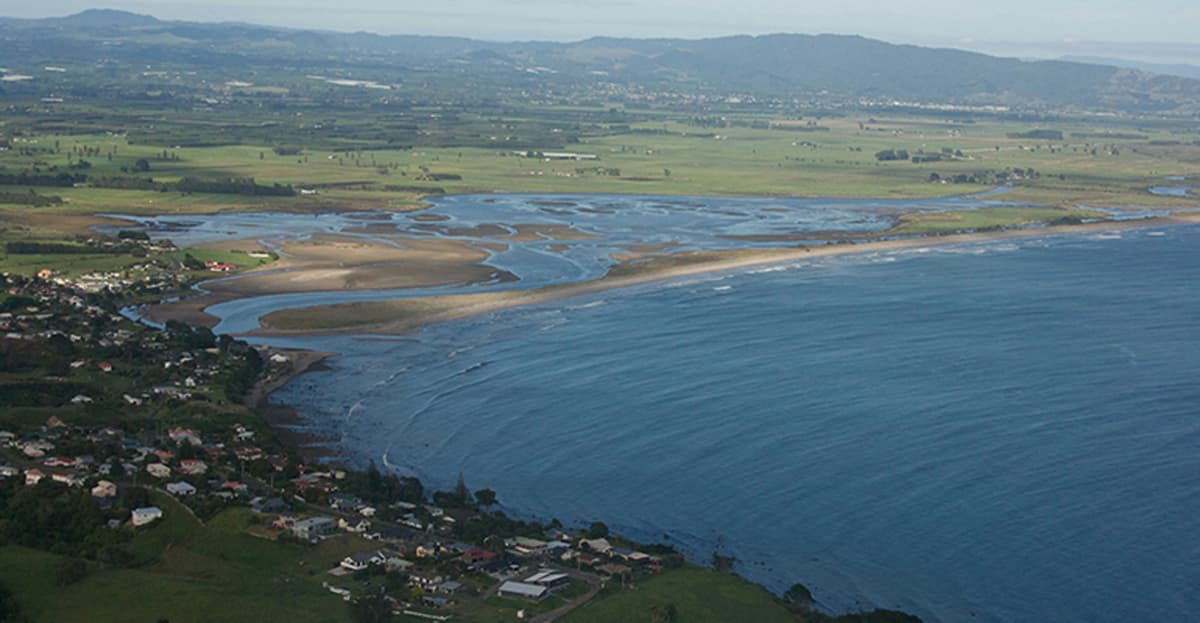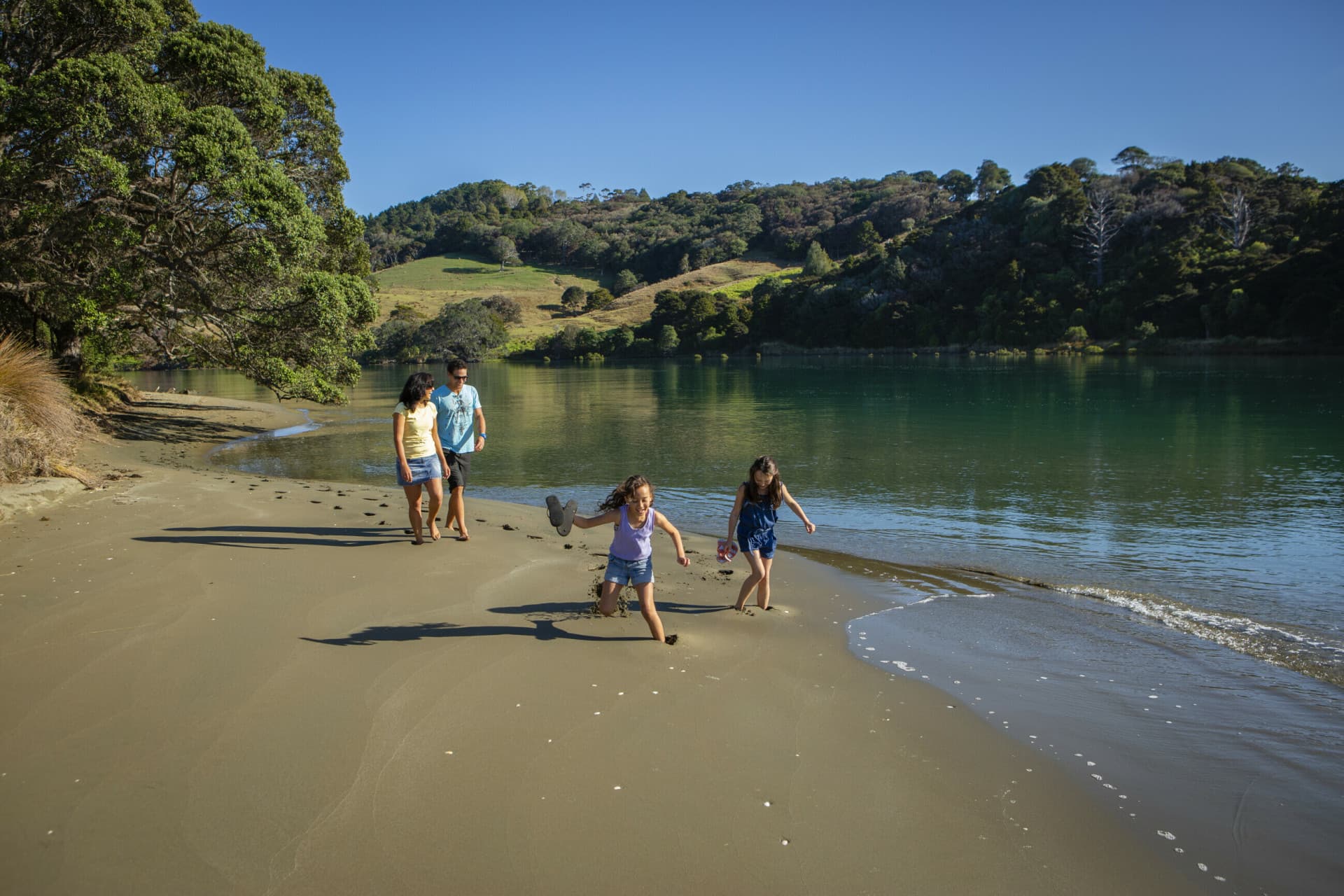

Assessing the interactions between loadings of different contaminants from freshwaters on the health and functioning of estuaries. This is a collaboration with iwi partners, Our Land and Water National Science Challenge and the Ministry for the Environment
| Project Leader | Duration | Budget |
|---|---|---|
| Drew Lohrer (NIWA) & Alex Herzig (Manaaki Whenua – Landcare Research) | September 2021 – September 2023 | $450,000 + co-funding |
Estuaries are where freshwaters meet the sea. Materials coming from the land around estuaries enter via rivers and streams. As our land use practices have changed, so have the inputs of materials to our estuaries. Even ‘natural’ substances like nutrients and sediments can be harmful in excess, affecting the health and functioning of estuaries.
These contaminants (or stressors) interact with each other, causing cumulative effects that can be difficult to predict. The National Policy Statement for Freshwater Management does not yet include how to assess the interactions of contaminants.
We are working with Our Land and Water to run a combined programme of work, in partnership with the Ministry for the Environment (MfE), to address this gap.
In case study estuaries, Māori researchers will work with whānau, hapū, iwi and local community groups to identify aspirations for their estuary, and present uses and stressors.
Our Land and Water researchers will estimate freshwater contaminant loads to New Zealand estuaries catchments historically, now and under a changed climate.
Sustainable Seas will then combine the data with information on estuarine ecology to determine critical stressor thresholds and buffers that take into account the stressors’ cumulative effects, Mātauranga Māori, and locally informed objectives. These critical stressor thresholds will be used to establish limits for freshwater contaminants.
Our Land and Water will then assess whether implementing different land management options can meet the proposed limits now, by 2050, or by 2100.
Informed by mātauranga Māori, this mahi/work will:
The research focuses on the Kaipara, Waihi and New River estuaries. These case studies represent different estuary types and sizes with different surrounding land uses and climates.
The collaboration with MfE is a critical part of extending this research nationally, including:
Te Rūnanga ō Ngāti Whakahemo
Te Ao Mārama Inc (Ngai Tahu ki Murihiku)
Drew Lohrer (NIWA)
Alex Herzig (Manaaki Whenua – Landcare Research)
Shaun Awatere (Manaaki Whenua – Landcare Research)
Kura Paul-Burke (MUSA Environmental)
Jane Kitson (Kitson Consulting)
Conrad Pilditch (University of Waikato)
Rich Bulmer (University of Waikato)
Candida Savage (University of Otago)
Dana Clark (Cawthron)
Patricia Clark (IKHMG)
Andrew Neverman (Manaaki Whenua – Landcare Research)
John Dymond (Manaaki Whenua – Landcare Research)
Sandy Elliot (NIWA)
Ton Snelder (Land Water People)
Our Land and Water MPI DOC Auckland Council MfE
This project has produced or contributed to:

